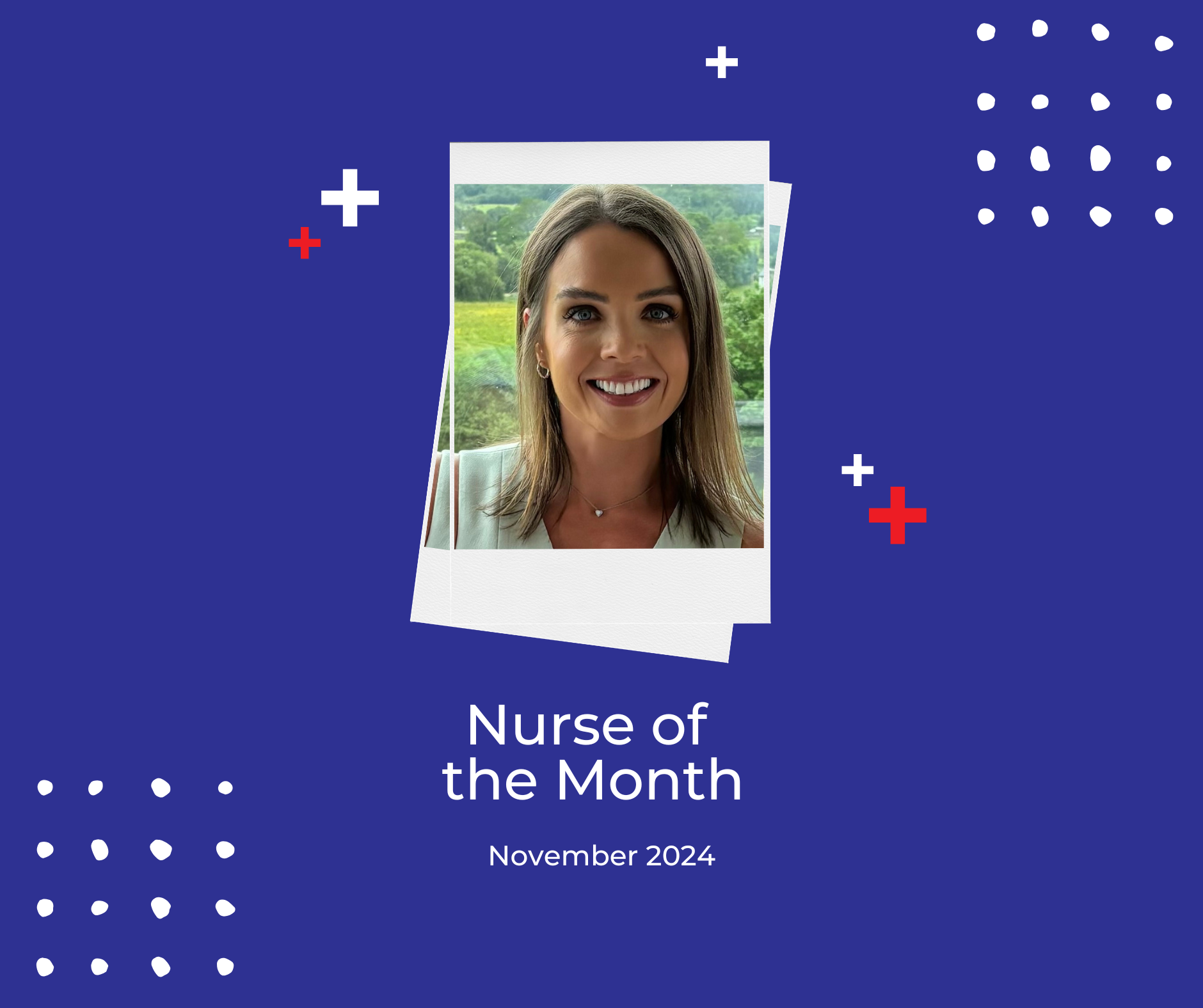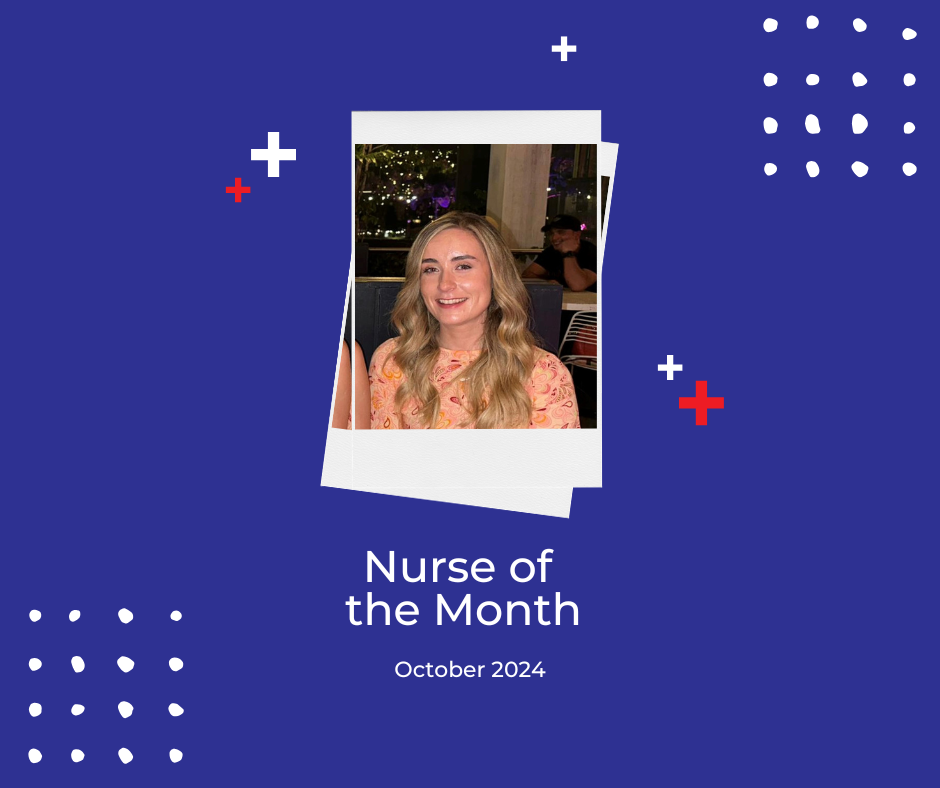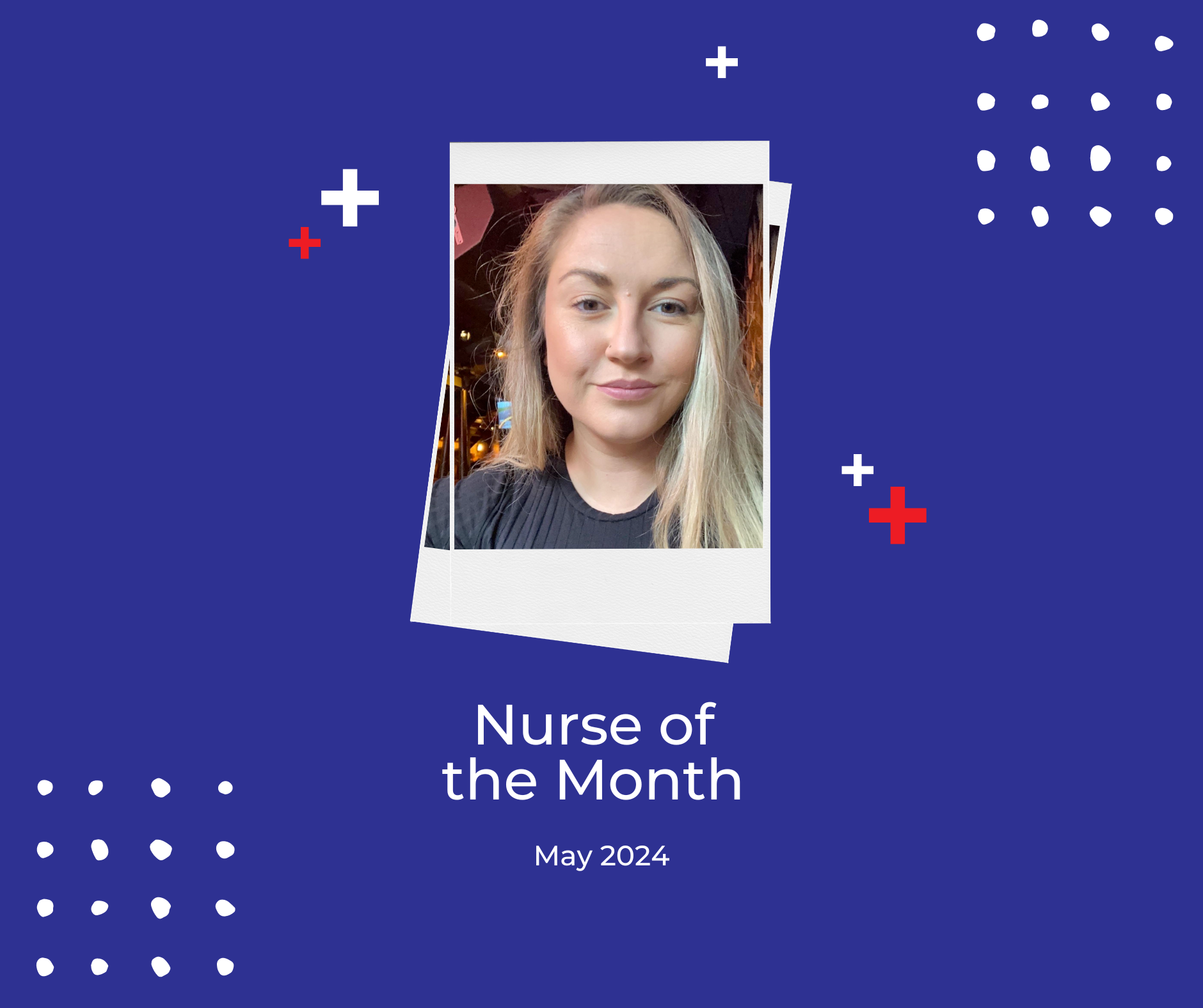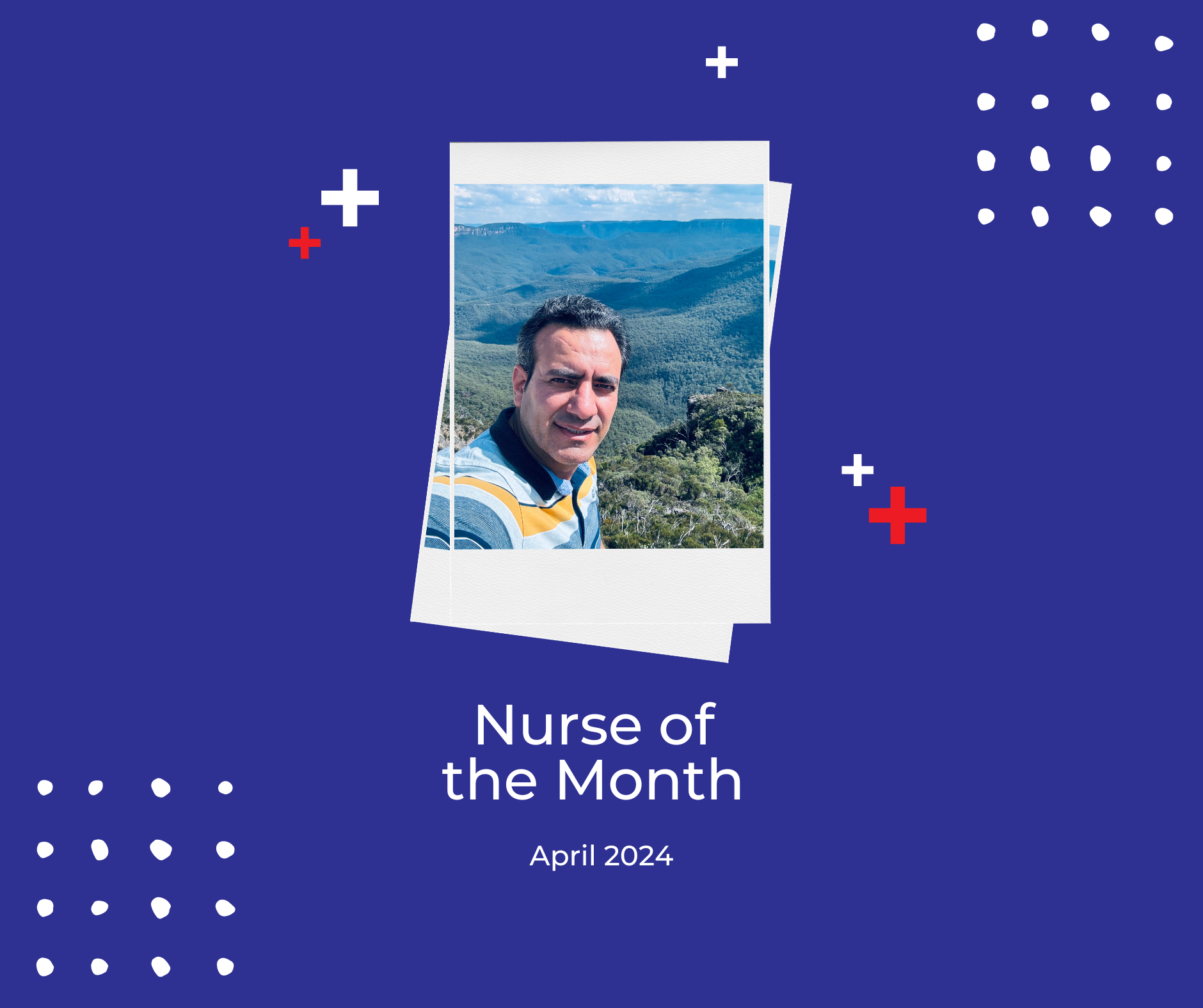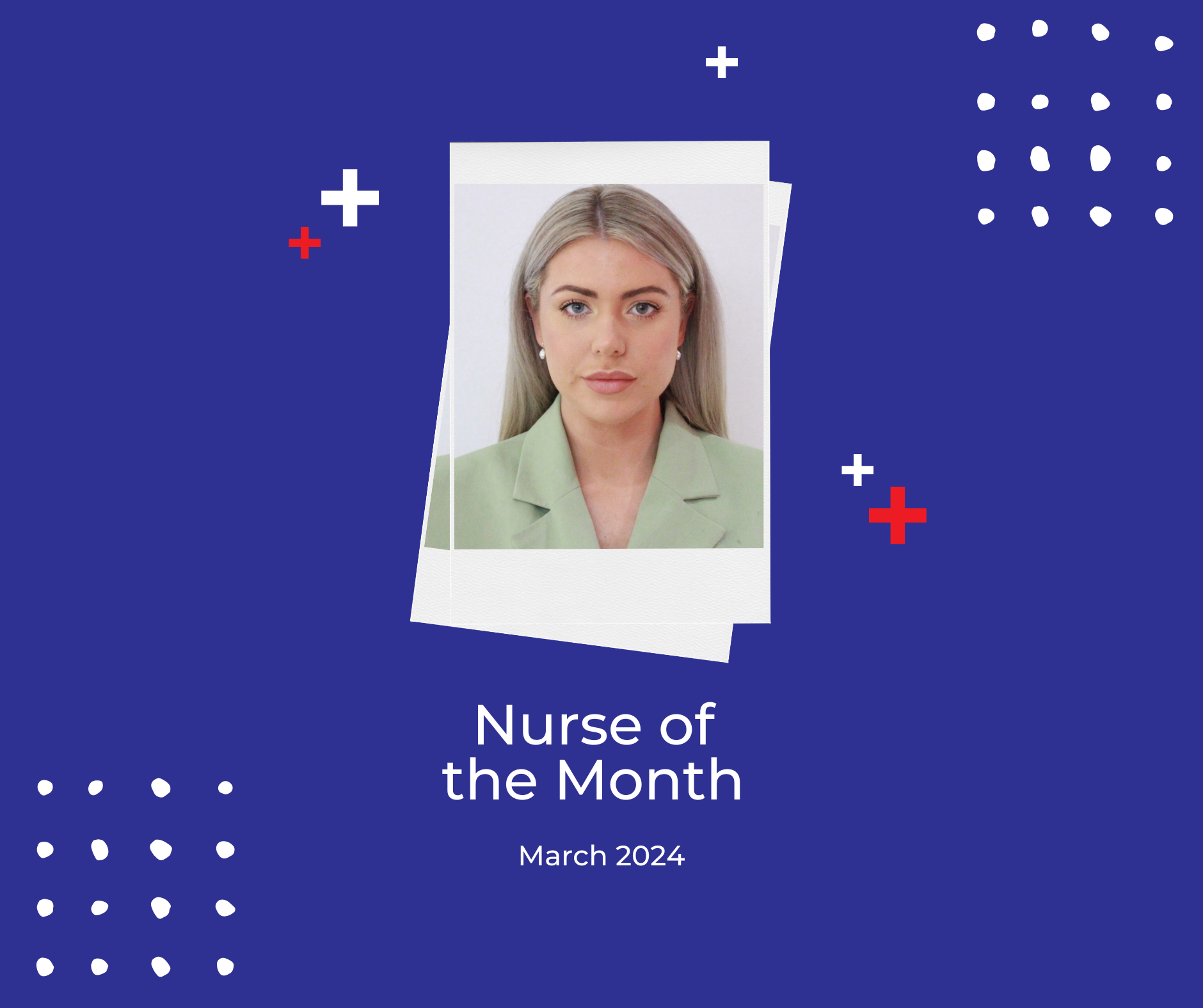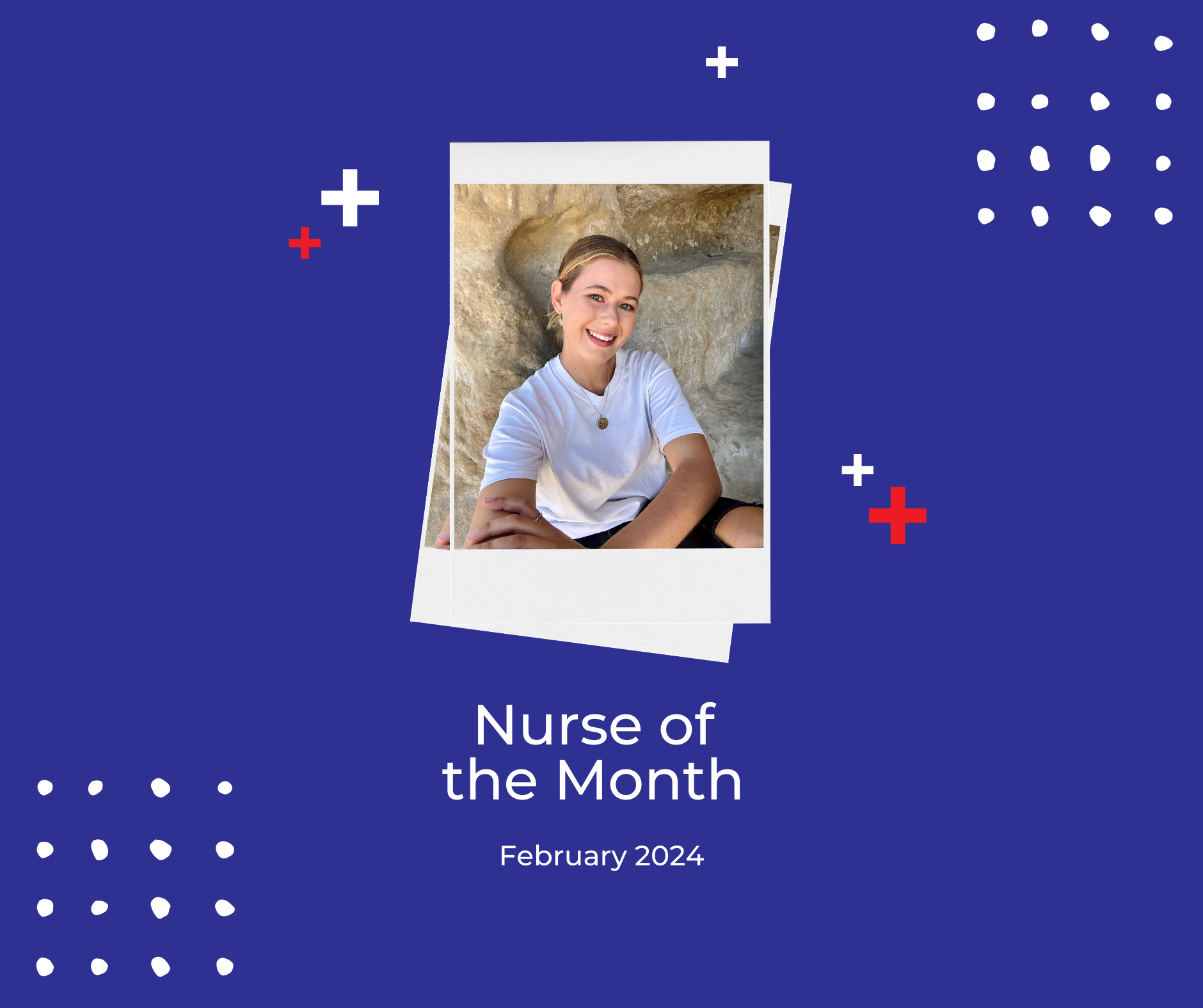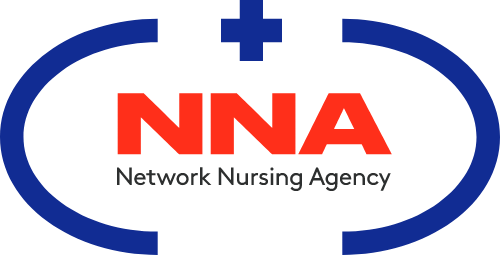The Development of Advanced Nursing Roles: Why You Should Consider It

Once upon a time, it was rare to find a nurse who was able to cannulate and administer intravenous medications. But in today's world, it’s commonplace for advanced nurses, such as Nurse Practitioners (NP), to autonomously assess, diagnose and treat complex medical problems with little guidance from their colleagues. Whilst this evolution within the nursing industry is an exciting one, it has led to some confusion around the role of an advanced nurse and how they fit into the well-established healthcare industry. Here we demystify the situation by exploring three important aspects to advanced nursing roles in Australia.
Florence and Ethel really did lead the way
Most people consider the honourable Florence Nightingale the woman who really kickstarted the nursing movement back in the mid-19th century. According to the University of Pennsylvania, she was the first person to believe that well-educated women would drastically improve the lives of the sick.
Though another incredible woman, Ethel Gordon Fenwick, a British nurse in the late 1800s, was also instrumental in recognising the need for education, leadership and acknowledgment of the profession. The Nursing and Midwifery Council states that Ethel spent 30 years campaigning for the state registration of nurses which eventually resulted in the Nurses Registration Act 1919, which brought nurses together under one profession.
As a result of these trailblazing women, specialisation across the industry began to grow in the 1930s and 1940s. By the 1960s, clinical nurse specialists (CNSs) were firmly established in the nursing profession (Nursing Times, 2012). Today we commonly see senior nurses like Nurse Practitioners, mirroring the role of junior medical staff; prescribing medication, suturing wounds and applying plaster to broken bones.
An Advanced Care Nurse and a Nurse Practitioner (NP) are not the same thing
It’s easy to see why confusion surrounds the terminology between an advanced care nurse and a NP. They are both senior nursing roles looked upon fondly within the industry to provide expert care and leadership. However, according to Chief Nursing & Midwifery Officers Australia, an NP is the only regulated advanced practice role in Australia. Their advanced scope of practice is endorsed by the Nursing and Midwifery Board of Australia (NMBA) after successfully completing the required tertiary education.
On the other hand, an advanced care nurse is noted by a level of practice and experience, not by a job title or level of remuneration. They incorporate leadership, education and research into their daily work whilst also displaying complex decision-making, critical thinking and safe practice. They may not have completed a master degree but more than likely have successfully undertaken post-graduate studies. Advanced nurses work across a range of general and specialty areas, whilst being responsible and accountable in managing vulnerable patients with complex health problems.
Why pursuing a Nurse Practitioner position is worth the effort
Pursuing extra study to become an NP is a big decision. You may have just completed some alternate study, in the midst of weighing up your working options or debating whether the time is right. We at NNA want to help make your decision easier by outlining the benefits and pathways required to take this next exciting step in your career.
- The demand for highly skilled nurses continues to grow as our population ages and the demand for emergency care increases
- This is an incredible way to advance your career and gain experience in areas of interest and research
- Autonomously provide care, support and guidance to those who need it most
- Provide accessible treatment to at-risk population across Australia
- You are highly sort after, leading to better job opportunities
- Financial gains (on average, NPs in Australian earn $125,665 per year according to Indeed)
According to the Australian College of NPs, advance practice nurses can become an NP by completing the following steps;
1. Current general registration as a Division 1 Registered Nurse in Australia without conditions/restrictions to unsatisfactory professional practice
2. Equivalent full-time experience of at least three years (5,000 hours) at an advanced clinical nursing level of practice (within the past 6 years)
3. Completion of a NMBA approved Masters course in addition, endorsement as a Nurse Practitioner will be in the area of clinical specialty that you will practice as a NP
If you’d like to learn more, visit the Australian College of Nurse Practitioners.
Nurses are forever changing the healthcare industry, which is super exciting! If you want to be part of that movement, join us at NNA. Head to our
job board today or register your interest
here.
